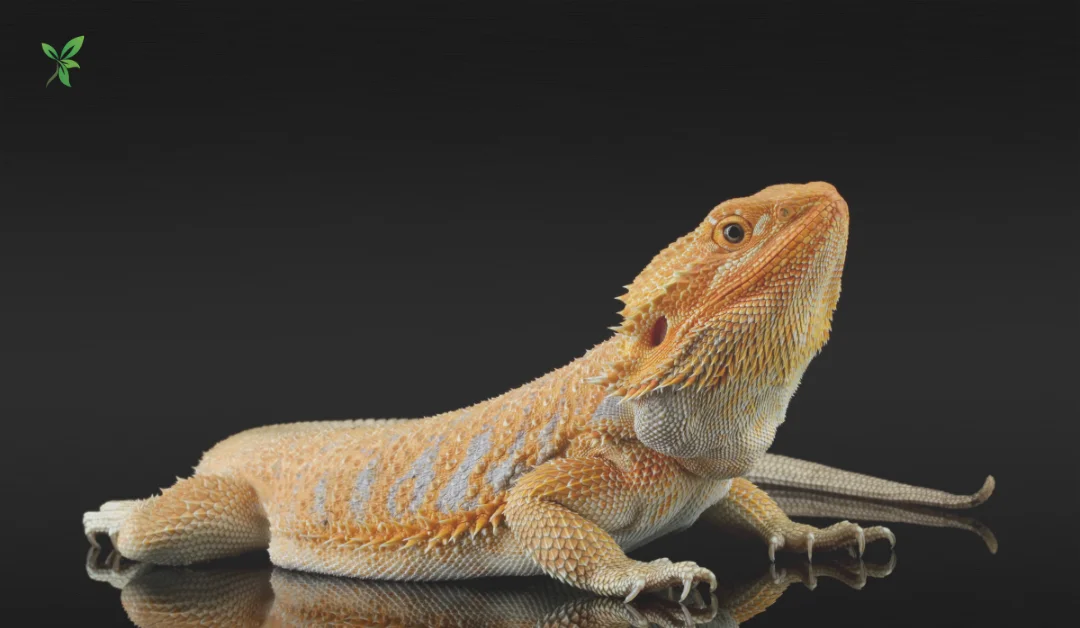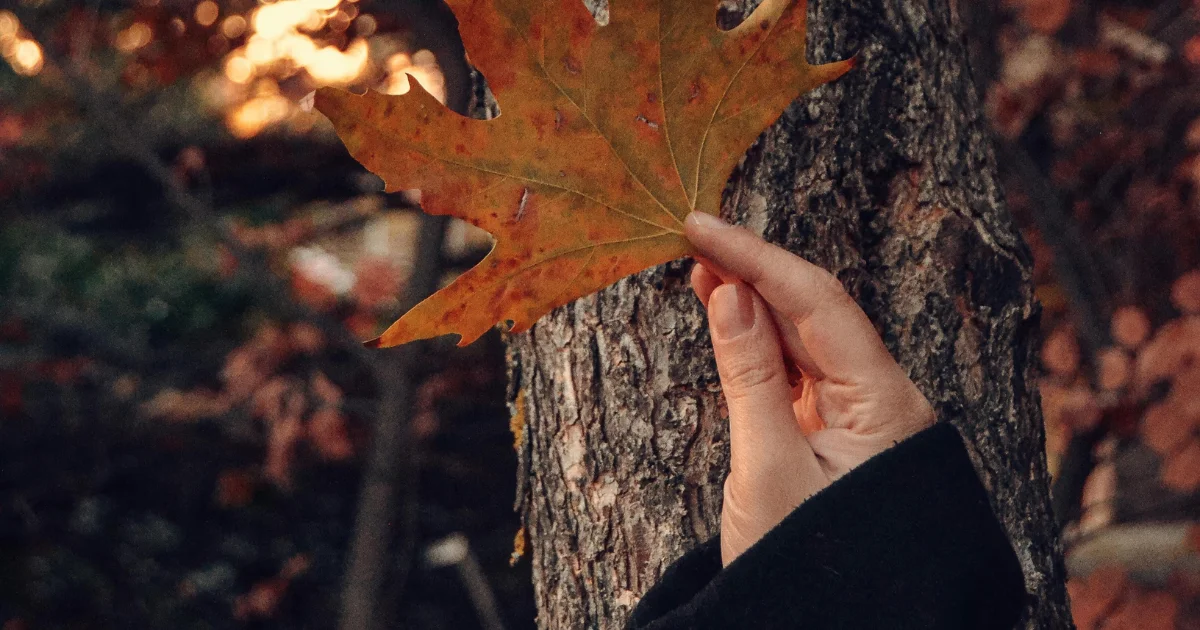Are Artificial Plants Better for Bearded Dragons or Real? Key Insights
When setting up a habitat for your bearded dragon, choosing between artificial and real plants can be challenging. Bearded dragons are popular pets known for their friendly nature and unique appearance. To create a comfortable and safe environment for them, it’s essential to consider what type of plants to include in their enclosure. In this blog post, we will explore whether artificial plants or real plants are better for your bearded dragon’s habitat.
We will cover the pros and cons of both options, how they affect your pet’s health, and how to maintain each type of plant.
Table of Contents
ToggleWhat Are Artificial Plants?
Artificial plants are man-made plants designed to look like real ones. They are typically made from materials like plastic, silk, or fabric. These plants are widely used in reptile enclosures because they require no maintenance, look realistic, and last a long time. Artificial plants come in various shapes, sizes, and colors, allowing you to create an attractive habitat for your bearded dragon.
Relevant Post: Does Planted Tank Need a Sponge Filter? Essential Guide
What Are Real Plants?
Real plants are living plants that can be placed inside your bearded dragon’s enclosure. These plants can provide a natural environment that mimics the bearded dragon’s wild habitat. Real plants can offer additional benefits such as improving air quality, providing hiding spots, and creating a more natural look. However, real plants require care, such as watering and ensuring they get enough light.
Benefits of Artificial Plants for Bearded Dragons
Using artificial plants in your bearded dragon’s enclosure comes with several advantages:
1. Low Maintenance
Artificial plants are extremely low maintenance. Unlike real plants, they do not need water, sunlight, or soil. Once you place them in the enclosure, they require no additional care. This makes them a hassle-free option, especially for busy pet owners.
2. No Risk of Toxicity
One of the main concerns with using real plants is the potential for toxicity. Some plants can be harmful or even deadly if ingested by your bearded dragon. With artificial plants, you don’t have to worry about this issue. They are made from non-toxic materials that are safe for your pet.
3. Long-Lasting
Artificial plants are durable and long-lasting. Unlike real plants, which can wilt or die, artificial plants maintain their appearance over time. They are resistant to the wear and tear that comes from your bearded dragon climbing on them or digging around them.
4. Variety of Options
Artificial plants come in a wide variety of shapes, sizes, and colors. This allows you to create a customized habitat that suits your aesthetic preferences. You can choose plants that look like desert plants or tropical plants, depending on the type of environment you want to create for your bearded dragon.
Drawbacks of Artificial Plants

While artificial plants have many benefits, there are also some drawbacks to consider:
1. Lack of Environmental Benefits
Artificial plants do not offer the environmental benefits that real plants do. Real plants can improve air quality by absorbing carbon dioxide and releasing oxygen. They also help regulate humidity levels in the enclosure, creating a more natural environment for your bearded dragon.
2. Lack of Natural Interaction
Bearded dragons enjoy interacting with their environment. Real plants can provide opportunities for your bearded dragon to explore, hide, and climb. Artificial plants, while visually appealing, do not offer the same level of natural interaction that real plants do.
Benefits of Real Plants for Bearded Dragons
Real plants can be a great addition to your bearded dragon’s enclosure for several reasons:
1. Natural Environment
Real plants help create a more natural environment for your bearded dragon. They mimic the plants found in the wild, making your pet feel more at home. A natural environment can help reduce stress and promote healthy behaviors.
2. Improved Air Quality
As mentioned earlier, real plants can improve air quality in the enclosure. They absorb carbon dioxide and release oxygen, which helps keep the air fresh. This is particularly beneficial in a closed environment like a reptile enclosure.
3. Regulation of Humidity
Real plants can help regulate humidity levels in the enclosure. Bearded dragons need a specific humidity level to stay healthy. Real plants release moisture through a process called transpiration, which can help maintain the proper humidity level in the habitat.
4. Natural Hiding Spots
Real plants provide natural hiding spots for your bearded dragon. These hiding spots can make your pet feel more secure and reduce stress. Bearded dragons often use plants to hide, especially when they feel threatened or want to rest.
Drawbacks of Real Plants

Despite the benefits, there are some challenges to using real plants in your bearded dragon’s enclosure:
1. Risk of Toxicity
As mentioned earlier, some real plants can be toxic to bearded dragons. It’s crucial to research and choose only safe, non-toxic plants for your pet’s enclosure. Ingesting toxic plants can cause serious health problems for your bearded dragon.
2. High Maintenance
Real plants require care and attention. They need regular watering, adequate lighting, and the right type of soil to thrive. This can be time-consuming, especially if you have multiple plants in the enclosure. Additionally, if a plant dies, it can decay and create an unhealthy environment for your bearded dragon.
3. Potential for Damage
Bearded dragons are known for being curious and active. They may dig around the plants, climb on them, or even try to eat them. This can damage the plants and require you to replace them more frequently. Damaged plants can also create a mess in the enclosure, making it harder to keep clean.
Which Option is Better for Your Bearded Dragon?
Deciding between artificial and real plants depends on your preferences, the amount of time you can dedicate to maintenance, and your bearded dragon’s needs.
Artificial Plants Are Better If:
- You want a low-maintenance setup.
- You are concerned about the risk of toxicity.
- You prefer a durable and long-lasting option.
- You want to create a visually appealing habitat with minimal effort.
Real Plants Are Better If:
- You want to create a natural environment that mimics the wild.
- You are willing to invest time in maintaining the plants.
- You want to improve air quality and regulate humidity levels naturally.
- You want to provide your bearded dragon with natural hiding spots and interaction opportunities.
Conclusion: Artificial Plants or Real Plants for Bearded Dragons?
Both artificial and real plants have their advantages and disadvantages when it comes to setting up a bearded dragon’s habitat. Artificial plants offer a low-maintenance, safe, and durable option, while real plants provide a more natural environment, better air quality, and natural hiding spots.
Relevant Post: Do You Plant Water Plant in Little Basket | Easy Guide
Ultimately, the choice between artificial and real plants comes down to your personal preference and the specific needs of your bearded dragon. Some pet owners even choose to combine both types of plants to get the best of both worlds. By understanding the pros and cons of each option, you can make an informed decision that ensures your bearded dragon lives in a healthy, comfortable, and stimulating environment.
FAQs
Q: Can I mix artificial and real plants in my bearded dragon’s enclosure?
A: Yes, you can mix both types of plants. This allows you to create a visually appealing and functional habitat that combines the benefits of both artificial and real plants.
Q: Are there any specific real plants that are safe for bearded dragons?
A: Yes, safe plants include Aloe Vera, Spider Plant, and Jade Plant. Always research plants before adding them to your bearded dragon’s enclosure.
Q: How often should I clean artificial plants?
A: Artificial plants should be cleaned regularly, about once a month, to prevent dust and debris buildup. Use warm water and a soft brush to clean them gently.
Creating the right environment for your bearded dragon is key to ensuring their well-being. Whether you choose artificial or real plants, always prioritize your pet’s safety and comfort.




